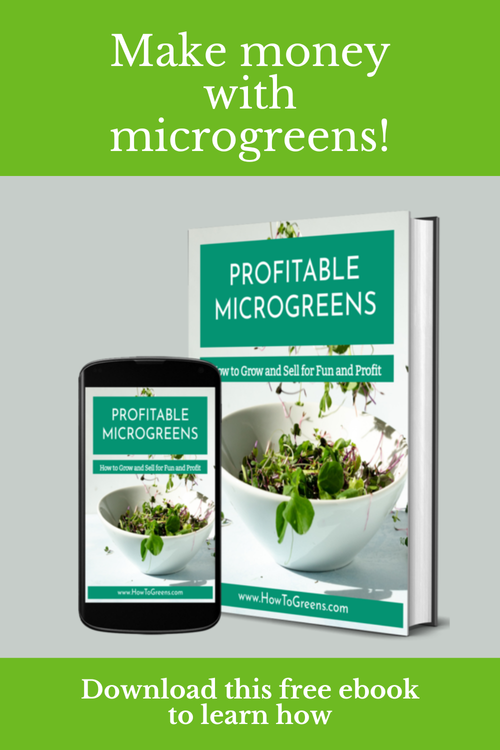Four Mint Iced Tea (harvest recipe)
/If there is one plant anyone can grow, it’s mint. This perennial, hardy herb isn’t very fussy: it needs moist soil and prefers partial shade, although it will also grow happily in full sun as long as you keep it watered and fertilize with a liquid fertilizer every 6 to 8 weeks. Left to its own devices, it will take over your growing space, so it’s usually best to grow it in containers. Even a small container of mint can provide you with an ample amount of herb to use in teas and culinary dishes, and clipping once the stem has produced several sets of leaves will encourage the plant to send out produce more. In fact, it’s best to clip the leaves on a regular basis for a healthy plant that will offer you an abundant harvest.
Read More


















































